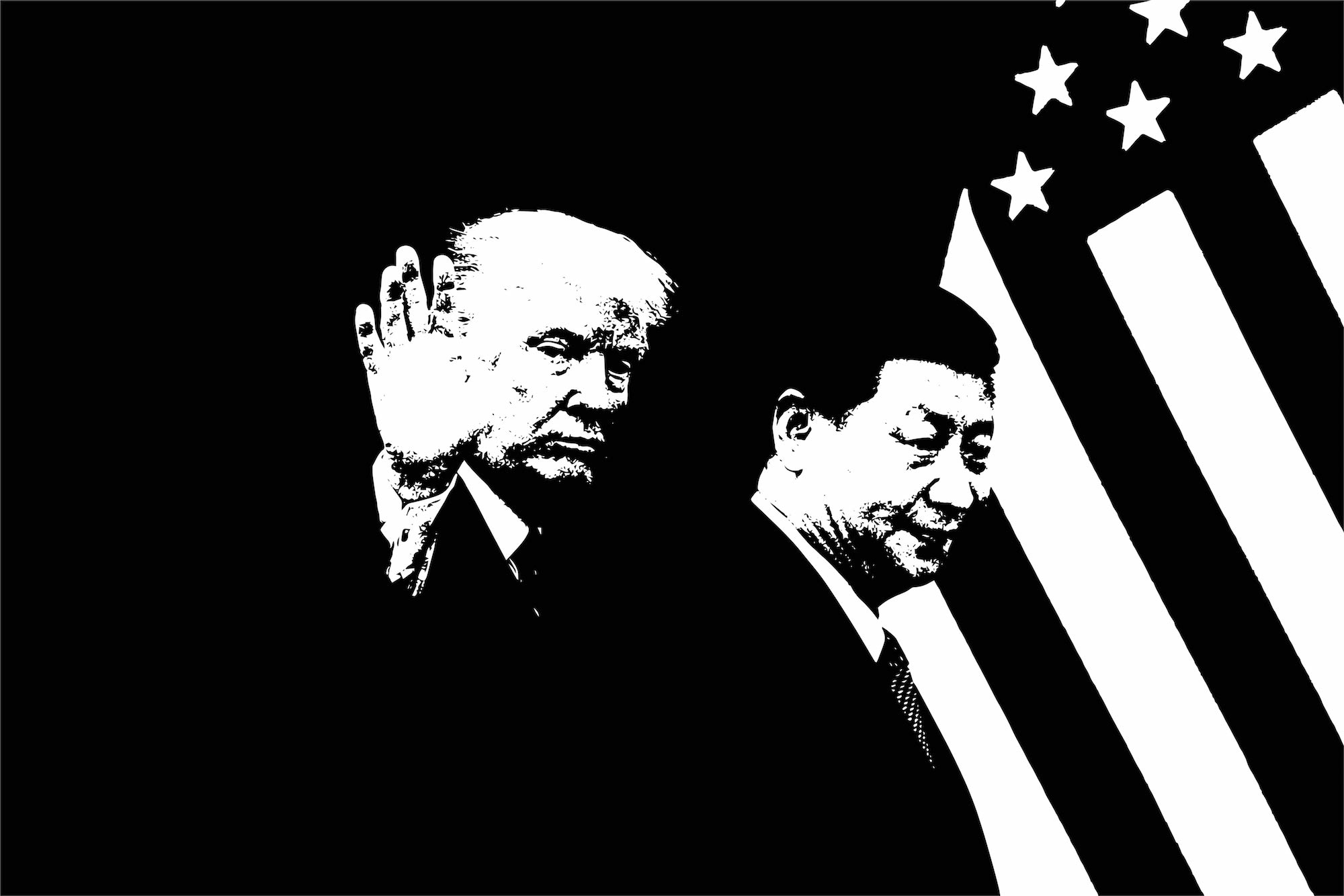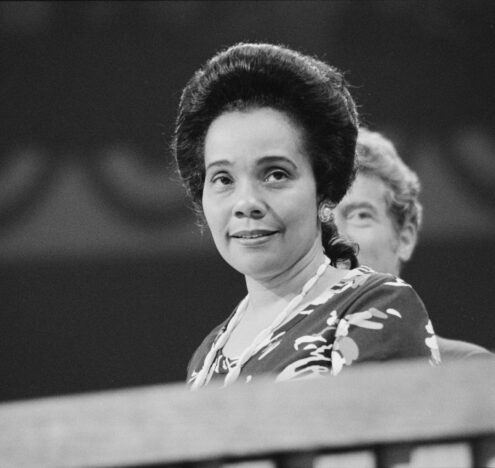The Trump administration’s foreign policy has been disappointingly predictable in its damage to US partnerships and alliances, core international interests, and long-term prospects for normative leadership on the world stage. As early as 2015, when then-candidate Trump declared his interest in pursuing the presidency, the impulses behind the post-January 2017 turns in American foreign policy had been apparent.
Nowhere perhaps is the Trump administration likely to leave this country worse off than in the Asia-Pacific, which has already emerged as the center of gravity for global geopolitics in the 21st century. For all the humdrum around this administration’s commitment to a “free and open Indo-Pacific, the president’s words and deeds have not bore out, in practice, a commitment to these lofty principles.
While his deputies criticize China for predatory lending practices in one breath, with the next they have to walk back the president’s damaging and destabilizing comments on allied burden-sharing with South Korea and Japan, along with his regular praise of authoritarian leaders.
When the president isn’t actively delivering utterances that harm US standing in the region, he demonstrates a clear disinterest in Asia. In 2017, he departed the East Asia Summit before the plenary session. Had he stayed, the president would have had the opportunity to—as unconvincing as it may have been—deliver a policy address underlining his administration’s supposed “free and open” priorities.
Whatever American foreign policy after Trump might look like in Asia, it won’t be business as usual.
In 2018, the veil has been lifted off even this feigned interest. The president will be sending his vice president, Mike Pence, to attend this year’s late-autumn summitry, including the Asia-Pacific Economic Cooperation meeting in Papua New Guinea and the East Asia Summit and attendant Association of Southeast Asian Nations meetings in Singapore. If the clichéd observation that most of doing foreign policy right in Asia is showing up has any truth behind it, this administration certainly doesn’t think so.
Thinking ahead to a post-Trump US approach to Asia, the president’s liberal and progressive critics must prepare themselves to adapt to a dramatically different regional environment and perception of the United States—in allied, partnered, and adversarial states alike. Whatever American foreign policy after Trump might look like in Asia, it won’t be business as usual. This administration’s aspiring successors across the aisle must understand that clinging to the shibboleths of a pre-2017 American approach to Asia is likely to fall flat.
For starters, this will mean a more precise and honest contention with what is meant when the United States and its like-minded partners voice support for a “liberal international order” in Asia. Support for this order comes from a good place, generally, and it is true that an Asia without a forward-leaning US presence will be less free, less open, and more authoritarian, given the obvious alternative promoted by China.
But for the order’s critics—and there are many in Asia, even within friendly countries—US support has been largely self-serving. In effect, the order itself should not be seen as shorthand for continuing US hegemony, but a call to affirm the values that will best serve peace and inclusive prosperity in Asia in the 21st century.
Be it in 2021 or 2025, Trump’s challengers will need to be ready to offer a path forward for partners and allies in Asia who, while worried about a rising China, worry equally about a capricious, disinterested, and self-serving American approach. Getting there will require contending with how an America in relative decline globally and certainly in Asia can continue to maneuver the region in a liberal, free, and open direction.
This piece is the first in a special series, in honor of Inkstick’s one-year anniversary, which looks to the future of US foreign policy under President Donald J. Trump and beyond. To follow along with the rest of the series, click here.




















